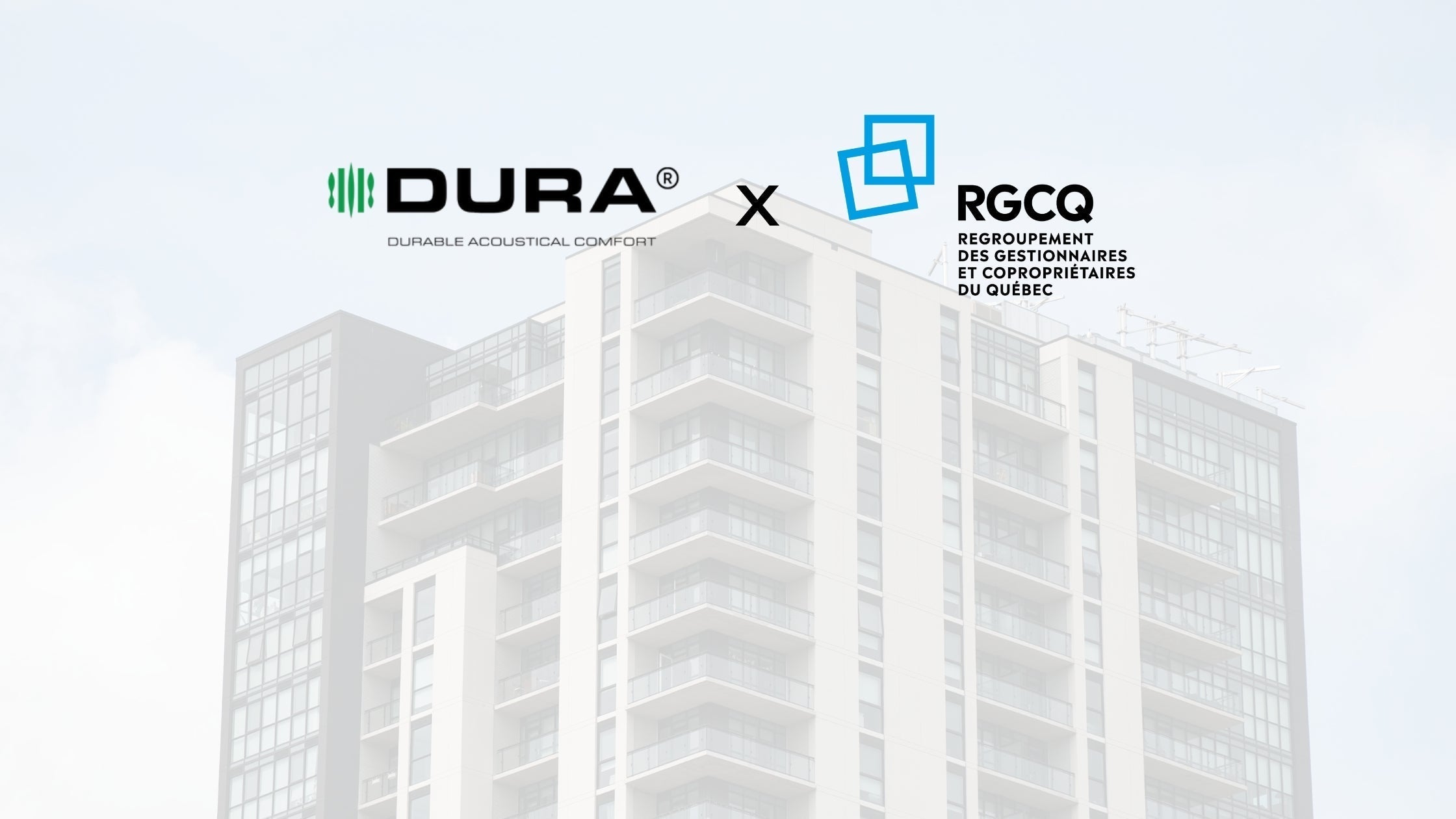What Is the Best Underlayment for Laminate Flooring?
Rubber Underlayment from Dura Undercushions is an excellent choice for your laminate flooring, offering a variety of valuable benefits including acoustics, comfort, and a durable floor system.
Laminate flooring is a popular choice for homeowners due to its affordability, durability, and aesthetic appeal. However, to ensure your laminate flooring performs at its best and lasts for years, choosing the right underlayment is crucial. In this comprehensive guide, we'll answer the most common questions about underlayment for laminate flooring, helping you make informed decisions for your next installation.
Before diving into the specific types of underlayment, it's essential to understand what underlayment is and why it's necessary. Underlayment is a thin layer of material placed between the subfloor and the laminate flooring.

Depending on the material used, underlayment can serve multiple purposes:
- Moisture Protection: Underlayment acts as a moisture barrier, preventing water from damaging your floor system.
- Sound Insulation: It helps reduce impact noise, making your floor quieter to walk on.
- Durability: It withstands heavy foot traffic and the wear and tear of everyday life, ensuring your laminate flooring remains in excellent condition for years to come.
- Comfort: Underlayment adds a layer of cushioning, making the floor more comfortable underfoot.
- Flooring Stability: It provides a smooth surface for the laminate to lay on, preventing imperfections in the subfloor from affecting the finished floor.
Do You Really Need Underlayment for Laminate Flooring?
Yes, underlayment is necessary for a laminate flooring installation to avoid issues in the future.
Skipping underlayment can lead to several issues:
- Increased Noise: Without underlayment, your floor will be noisy, especially in high-traffic areas.
- Moisture Problems: Moisture from the subfloor can seep into the laminate, causing warping and damage.
- Warping: Without underlayment, your flooring is susceptible to warping, cracking, and a shortened lifespan of your flooring.
- Reduced Comfort: The floor will feel harder and less comfortable to walk on.
What Thickness Underlay Is Best for Laminate Flooring?
The thickness of the underlayment depends on the specific needs of your installation:
- Standard Thickness (3.5mm): This is the most common thickness for laminate flooring underlayment. It offers a good balance of sound insulation and comfort. Check out Dura-Son 3.5mm laminate underlayment.
Can I Lay Laminate Flooring Without Underlay?
While some laminate flooring comes with an attached pad, it’s generally recommended to use an additional high performing rubber underlayment. The built-in pad will not provide enough protection or sound insulation, especially on concrete subfloors.
What Is the Best Underlayment for Laminate Flooring?
Rubber Underlayment from Dura Undercushions is an excellent choice for your laminate flooring, offering the following benefits:
- Environmentally Friendly: Made from recycled tires, Dura’s underlays contribute to LEED credits and are Green Label Plus certified.
- Mold and Mildew Resistance: Enjoy anti-microbial properties and protection from unwanted bacteria.
- Underfoot Comfort: Cushioned feel makes walking on your laminate floor more pleasant.
- Superior Acoustics: Rubber composition significantly reduces impact noise transmission, excellent solution in multi-story buildings.
- Durability: It is capable of withstanding heavy foot traffic without losing its effectiveness.
- Radiant Heat Compatibility: Dura’s recycled rubber is an ideal choice for settings with heated flooring, ensuring comfort and energy efficiency.
How Does Rubber Underlayment Compare To Other Types of Underlayment?
Rubber underlayment offers superior soundproofing, comfort, moisture resistance, and durability compared to foam or cork underlayment. It provides a more robust solution for both residential and commercial applications, ensuring long-term performance and comfort.
Do You Staple Underlayment for Laminate Flooring?
Avoid stapling the underlayment to the subfloor, as this will diminish the acoustic properties of your flooring. With Dura’s rubber underlayment, stapling is unnecessary because the material naturally grips to the subfloor, ensuring optimal performance.
How to Choose the Right Underlayment for Your Laminate Flooring Installation
When selecting an underlayment for your laminate flooring, consider the thickness, density and compatibility of the underlayment with your subfloor. Explore our product selector tool to find the best laminate underlayment for your project.
The Importance of Choosing the Right Underlayment
Choosing the right underlayment is crucial to the success of your laminate flooring installation. It not only protects your flooring but also enhances its performance and longevity. Whether you need moisture protection, sound insulation, or added comfort, there's an underlayment option that’s perfect for your needs.
For more information, check out our rubber flooring products. With the right underlayment, you can ensure your laminate flooring not only looks great but also performs well for years to come.
















